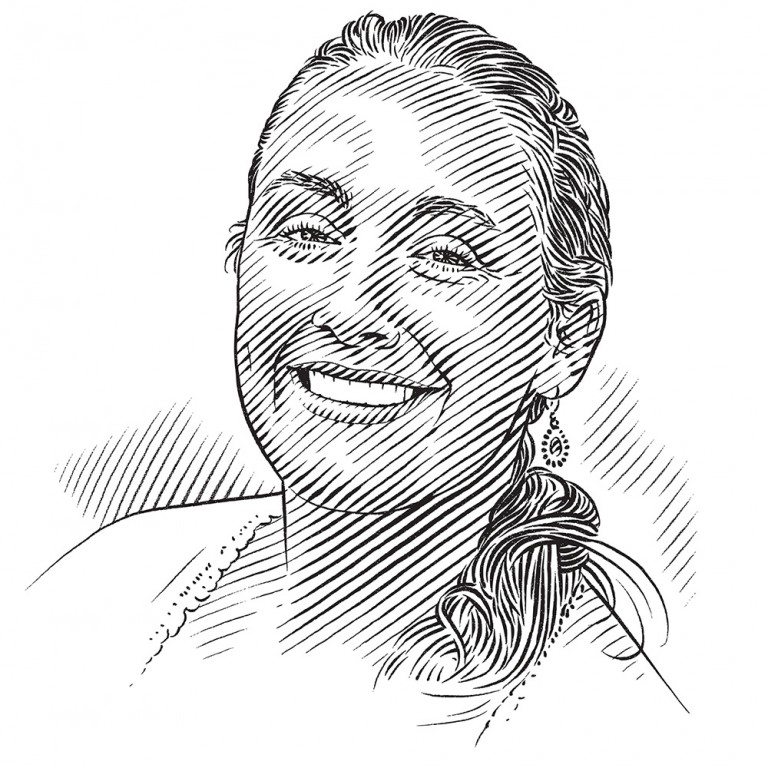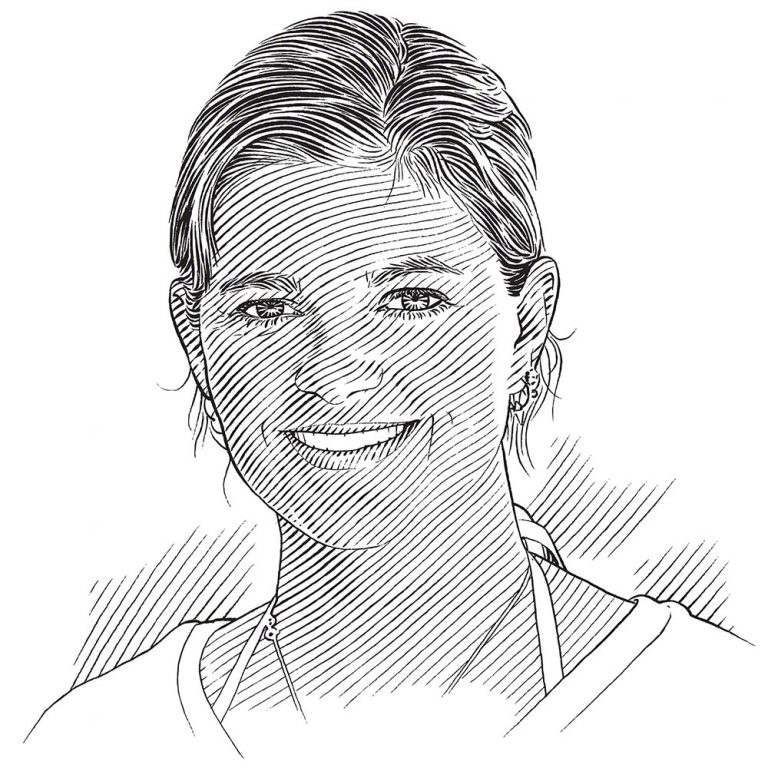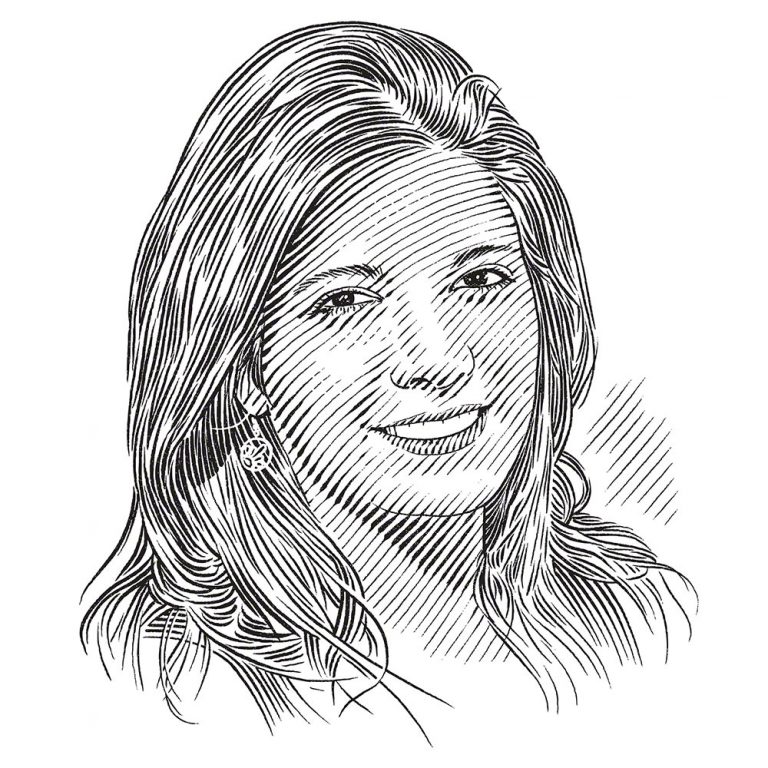The Social Network
Collaboration is perhaps inevitable in an increasingly connected world, but how do we ensure that it’s effective? Lauren De Vos talks to Save Our Seas Foundation project leaders about their experiences of the value of collaboration, the ethics of how we approach it in an age dominated by social media and instant communication, and how we look to creating long-lasting partnerships to tackle our oceans’ greatest challenges.
Photo by Daniela Vilema
February 1858. It’s a hot summer in the Malay Archipelago, where jungles tumble to the sea and the air is redolent with the promise of spice and adventure. From the confines of his island cabin, a feverish naturalist lies stricken on his bed. He has been searching for birds of paradise, some too fantastic to be believed back home in cautious England. The room is strewn with eclectic samples: pinboards of insects are neatly labelled and an assortment of bottles stand to attention on the desk, reeking of ethanol and each one housing a specimen stranger than the one before.
Confined to his tangle of sweaty bed sheets, the naturalist now finds himself with the time to put some thoughts to paper that his otherwise nomadic existence doesn’t usually allow. As the fever subsides, words tumble from his keen mind, finding structure in the ink blotted on paper. The letter takes shape and his pen scratches a title onto the page, at once excitingly scientific and stiffly formal: ‘On the Tendency of Varieties to Depart Indefinitely From the Original Type’.
By contrast, it’s a mild midsummer day in June when the letter is delivered to a cottage in England. From his desk, a distinguished scientist gazes out to the country garden where butterflies flicker past his window. Here, an Adonis Blue on the wing in the buttery sunlight; there, a Duke of Burgundy skips lightly above the foxgloves. His gaze shifts to the envelope in his hand. With a slight sigh, he grasps his envelope knife and slides it under the red wax seal enclosing the letter.
In doing so, Charles Robert Darwin unwittingly opens one of science’s most curious cases of partnership and publication ethics. The letter, signed by a certain Alfred Russel Wallace, details a theory strikingly similar to the one that Darwin has been nurturing for nearly 20 years. There can be no further delay. The theory of evolution by natural selection will now be detailed to the world, published as a joint paper without the consent of Wallace, and the two men will be launched into history as one of the strangest stories of collaboration and unlikely friendship.
The world has changed immeasurably since Wallace and Darwin grappled with their particular collaborative conundrum, but many of the issues their story raises have not. How do scientists reach out to each other for data, consultation or advice? How do we identify partnerships in which skills and equipment can be shared, getting more mileage from funding? In particular, given the scale of challenges faced in conservation today, how do we find unity in tackling interdisciplinary projects? In a sector that values knowledge, the adage ‘It’s not what you know, it’s who you know’ may grate a little.
Certainly, the science behind connections, teamwork and leadership is not outlined in the average undergraduate biology course. The image of the lone chemist pipetting samples or the field biologist gone feral plays to our imagined concept of scientists as people who work in isolation. Collaboration is not new to science; it wasn’t back in 1858. A quick Google search of ‘science + collaboration’ returns articles from Nature News and the American Academy of Sciences. Headlines celebrate ‘The Rise of Research Networks’, crying out that ‘Two Heads Are Better Than One’. If it’s not the novelty of collaboration, then perhaps it’s our various experiences of its value and how best to make it work that differ most.
‘There is definitely value in collaboration, of different sorts,’ says Eleanor Yeld Hutchings. As the manager of the Shark Education Centre in Kalk Bay, South Africa, Eleanor is well acquainted with collaboration. In particular, she has done a fair amount of thinking about how we approach it to ensure that it’s valuable for all involved. A scientist who obtained her PhD investigating the parasites of South Africa’s endemic catshark species before moving into the realm of marine conservation as a practitioner and then into education with the Save Our Seas Foundation, Eleanor is most familiar with exactly this value of ‘different sorts’.
‘Effective, planned collaboration can boost the variety of skills that are available, increase the ingenuity and creativity on a project by widening the “brain pool”, and allow for different approaches,’ she explains. Pausing before giving a slight chuckle, she adds, ‘In effect, if done correctly, it’s more “bang for your buck”. Collaboration would hopefully decrease the relative amount of effort each individual needs to put in to get a reasonable outcome.’
How we define collaboration is perhaps rather vague. When is it true collaboration as opposed to growing your network or skills-sharing? Or is it all much the same thing? ‘The Youth Ocean Ambassadorship Programme was what I’d call a collaboration,’ offers Eleanor. ‘While the project itself was about the exposure to and teaching of skills, devising the vision behind this project and the planning that went into its conception were true collaboration.’
The Save Our Seas Foundation’s Youth Ocean Ambassadorship Programme mentored six young women who showed potential as future leaders in ocean conservation. ‘Ambassadors’ from the Seychelles and South Africa participated in week-long modules focused on marine tourism, conservation, education and research. The programme was led by Sunnye Collins, an independent education consultant, and Abi March, project leader of the SOSF Island School Seychelles. ‘The impetus came from Sunnye,’ explains Eleanor, ‘but we had to bring together our different realms of expertise to get the project off the ground. Deciding on the selection criteria for choosing participants, planning how to roll the project out between the two countries involved – it was there that I felt I could really contribute.’
So there is value in thinking things through before approaching collaboration? ‘I think it really depends what kind of collaboration you’re talking about,’ Eleanor responds. ‘If this is a collaboration with a specific output, it would have to be thought through pretty well because how you approach it will make the difference as to whether it’s successful or not.’
That said, informal collaboration where a specific end goal hasn’t been envisaged can also have value. Eleanor shares the recent visit to the Shark Education Centre by Daniela Vilema from the Charles Darwin Foundation in the Galápagos. ‘This was much more about participation and skills-sharing, without a preconceived product to be achieved by the end.’ The Save Our Seas Foundation flew Daniela to South Africa to participate in diverse activities with the centre’s staff, sharing her experiences from the Galápagos and learning about how things are devised in South Africa. The result was new insights into each others’ work. ‘Often, when you’re in something you don’t question it – you don’t see the wood for the trees. That’s one of the benefits of this kind of collaboration, where it’s really about keeping an eye open to what else might be going on.’
This ability to talk to each other, sharing insights and using different perspectives to shape a project, is raised at the outset by Isabel Ender, the head of conservation strategy at the Manta Trust. At the Convention on the Conservation of Migratory Species of Wild Animals (CMS CoP11) in Ecuador in 2014, a clear measure of success was that proposals to improve the conservation of 21 shark, ray and sawfish species were approved. Isabel believes this has much to do with the fact that the various conservation organisations were working together and supporting one another in a bid for a common goal: the conservation of these species. It was an objective to which they all subscribed and the groundswell support meant that the Manta Trust wasn’t a lone voice on the floor. The interaction between organisations opened important communication channels that clarified their individual positions and motives. It seems an obvious connection, but if it’s left murky, poor communication can stall otherwise valuable partnerships.








